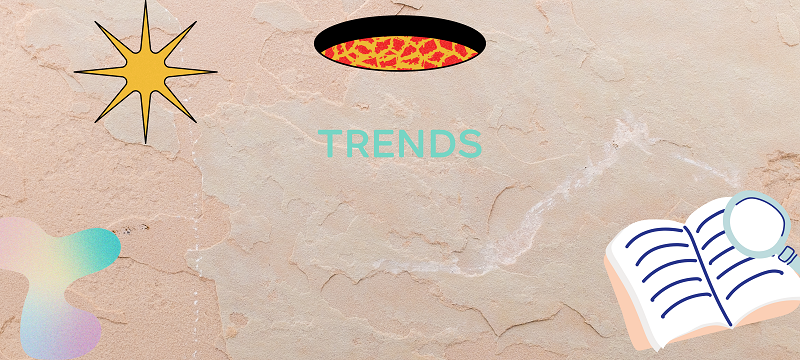
From our point of view, the most important initiators in terms of trend forecast are the platform WGSN (World Global Style Network) and the Pantone Institute. WGSN was founded in London in the late 90s and calls itself »The World’s Trend Authority«. The vision: to give a branch that is genuinely working analog (color samples, fabric samples, lookbooks), a smorgasbord, so to speak, to which fashion designers and other creative people can have access at any time.
In addition to predictions about the colors, shapes, dimensions, or functionalities of fabrics, WGSN also includes interviews with neuroscientists – who do a certain kind of disenchantment work. Because trend forecasts are also many numbers, data, analyses and observations. These are brought together from a wide variety of areas in order to gradually extract a condensate of what societies currently are and can be in the future, and ultimately generate trends from. Political trends play an equally important role here as changes in architecture and literature, the latest pop music or new food trends.
Trend researchers from WGSN look into the future for an average of five to ten years and are quite the style oracle. The consequences that this has for the large global players are far-reaching: many brands align their collections specifically based on the forecasts of WGSN. In principle, the Pantone Institute operates in a very similar way, but its focus is on researching color trends. Developed as a system that was intended to standardize color communication, it is now also essential for predicting new color trends. »TREND RESEARCHERS FROM WGSN LOOK INTO THE FUTURE FOR AN AVERAGE OF FIVE TO TEN YEARS AND ARE QUITE THE STYLE ORACLE.«
Similar to WGSN, Pantone has worldwide employees who primarily do one thing: observe, analyze and predict. It is no coincidence that the colors of the latest fashion collections are often those that decorate interiors or trend drinks, but rather an indication that trends have a certain rhythm – the so-called innovation curve. Finding this rhythm, making it fruitful for our collections, and finding the right balance between the present and looking to the future is probably the hardest thing – and ultimately the challenge that we face with every new season.

